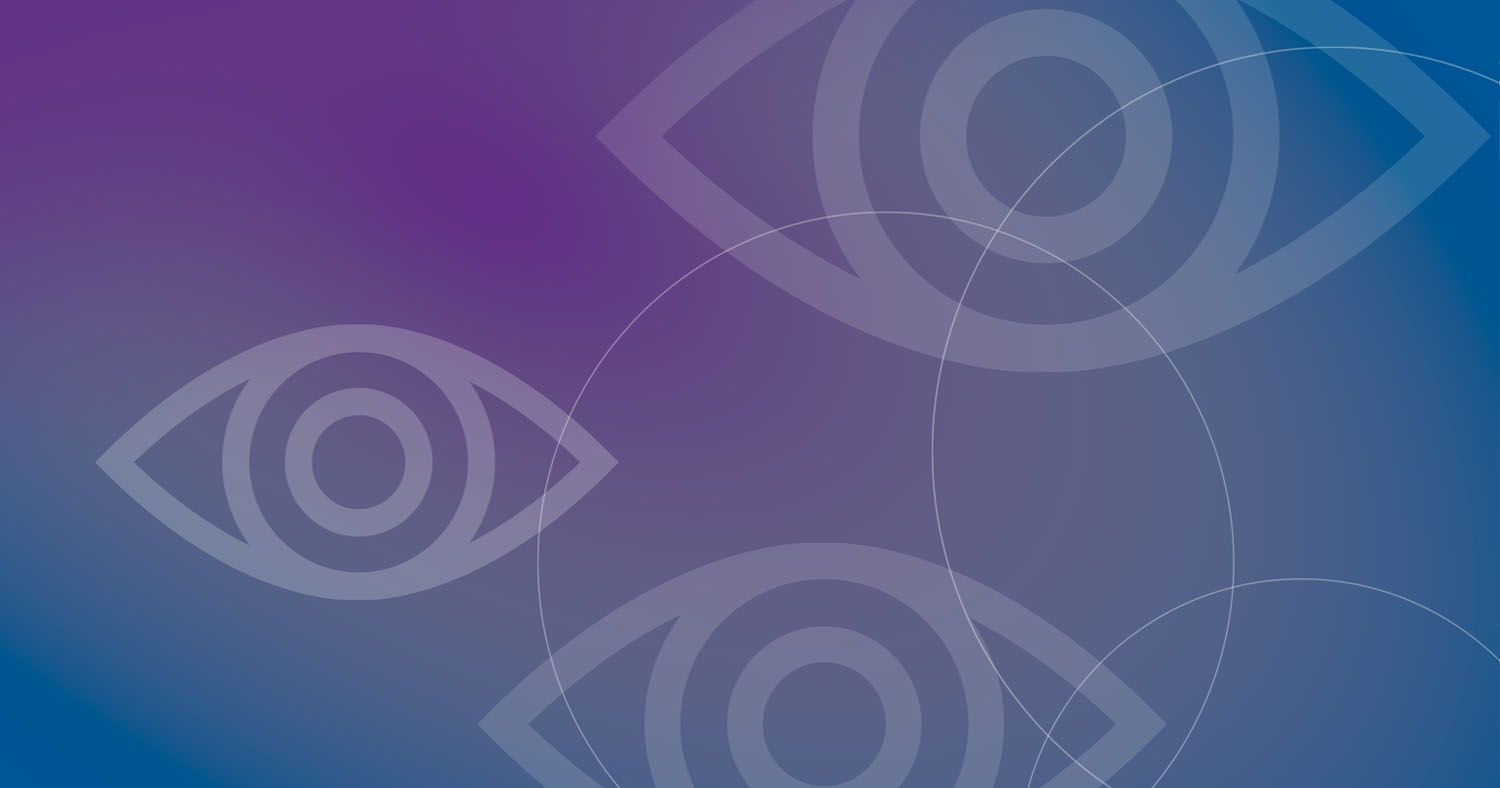Teachers want all students to reach their greatest potential. Yet, as a teacher, it can be hard to know which children are having difficulty seeing. Unlike other chronic conditions presenting as health emergencies, children with vision problems do not appear to be in distress.
Vision disorders are not always obvious to the child or adult. It may be behaviors such as: a student who is not performing at peer-level for learning letters, dislikes reading or writing, cannot stay on task, is challenged by classroom activities, seems uncoordinated, has a hard time socially, or does not wish to play outside or join in sports, that indicate the possibility of an undiagnosed or untreated vision problem.
Teachers are in a unique position to identify children with vision problems.
- Know which children in your classroom are diagnosed with a vision disorder and how the prescribed treatment should be used in the classroom.
- Alert the school nurse to any observed classroom concerns.
- Set the expectation that children in your classroom must have their prescribed vision treatment, in school, every day.
- Help children understand that clear vision can help them succeed and enjoy learning.
- Discourage peer teasing of children wearing eyeglasses.
- Inform and encourage parents about the importance of an eye exam if their child is referred from a school vision screening, or you have noticed symptoms that may indicate a vision problem.
- Vision disorders are more prevalent in children diagnosed with neurodevelopmental delay or with other special health care needs. These children need regular eye care.
Research shows that correcting childhood vision disorders can improve a child’s social interaction, ability to acquire early learning skills, classroom behavior and participation, and academic and athletic performance.
All children enrolled in, or being evaluated for Special Education, should have a comprehensive eye exam by an eye doctor experienced in treating children as part of the IEP process.

